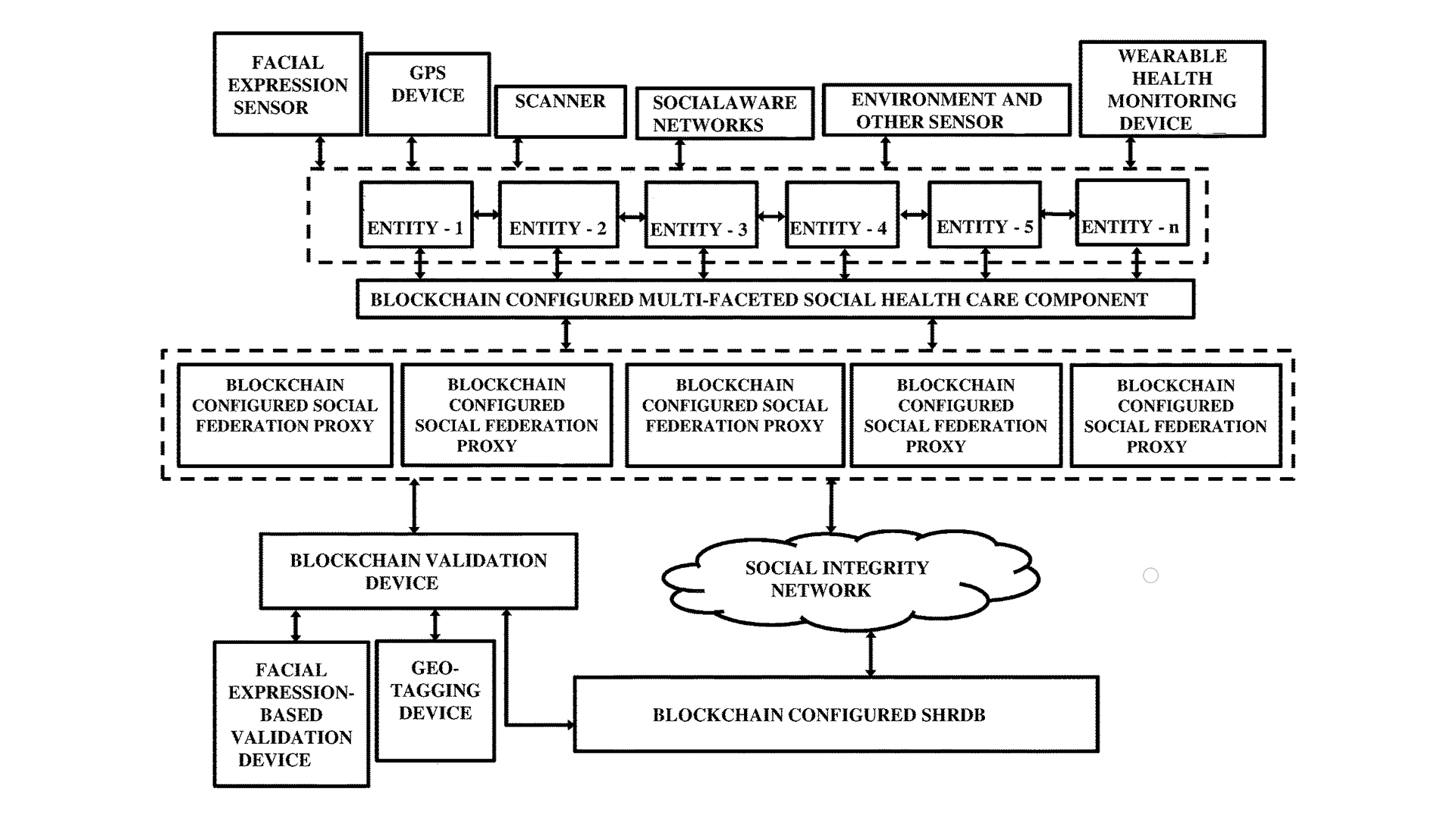
Current Challenges in Medical Data Management
In healthcare organizations, the maintenance and accessibility of patient data stand as an essential element for effective medical care. Medical organizations such as hospitals, nursing homes, and clinics heavily rely on demographic data, medical histories, device-generated information, and a series of other diagnostic and prescriptive details. This data assists in patient tracking, telemedicine, remote care, ongoing health assessments, and a spectrum of medical-related endeavors.
These records have been managed using Electronic Health Record Data Banks (EHRDB) conventionally, EHRDB systems electronically consolidates medical data from various entities, creating a centralized access point. However, while this consolidation may seem advantageous, it does come with its own set of challenges.
A central system might raise concerns about security, data integrity, and the potential risks associated with a single point of failure. Moreover, the conventional mechanism often requires human intermediation for interactions, leading to possible delays or inaccuracies in communication among multiple stakeholders.
Advancements in Data Security and Interaction
The patented technology provides a revolutionary approach to address these prevailing challenges in medical system. Driven by advanced intelligent frameworks, it aims to usher in a new era of secured and seamless interactions.
The technology emphasizes functional adaptability, allowing multiple entities to define their interaction parameters for optimal security. Through these customization features, entities can ensure that their interactions are both secure and personalized to their specific requirements. Additionally, advanced authorization mechanisms ensure seamless access while prioritizing data privacy. Another transformative feature is the integration of advanced validation tools whose mechanisms add another layer of verification, ensuring that data integrity remains uncompromised.
Toward a More Seamless Medical Communication
The implications of this technological advancement are profound, especially for the healthcare sector, hence by eliminating the need for human intermediation, the process becomes faster, more efficient, and less prone to errors. This ensures that medical entities can interact more fluidly, obtaining the data they need almost instantaneously and in a manner that’s more secure than ever before.
In essence, the technology lays the groundwork for a more interconnected, and secure healthcare data ecosystem, promising a better future for patient care and medical data management.
Enhancing Data Integrity with Advanced Functionalities
Integrating with the Social Integrity Network
One of the foundational capabilities of the described technology is its seamless social networking integration with a social integrity network. Through this, a range of computing systems can access and communicate over this network. This integration ensures that data, though sourced from different sub-systems, can be effectively managed and controlled, providing a harmonized interface for a variety of entities.
Dynamic Data Management and Interaction
Entities can subscribe to the data bank to not just store but also create, manage, and control data records. With the emphasis on computer-implemented processing, data from various entities is efficiently managed over the social integrity network. The efficacy of this technology is highlighted by its ability to store data records sourced from numerous sub-systems.
Additionally, the technology facilitates social interactions among entities. What sets this feature apart is its capability to enable these interactions by bypassing the main data bank. This not only streamlines communications but also ensures quicker data records transfer over the network.
Distributed Data Retrieval and Display
An innovative feature of this technology is the presence of social federation proxies. These proxies play a pivotal role in retrieving data records from the main data bank and subsequently distributing them to socially aware networks and various computing systems. Entities can easily request and validate their data, ensuring that the most pertinent information is always at their fingertips.
Robust Validation Techniques
The technology employs advanced validation mechanisms to ensure authenticity and security. The system harnesses the power of facial recognition, ensuring that entities are verified based on distinct facial expressions. This offers a level of security that goes beyond traditional password-based systems.
Moreover, with its geo-tagging capabilities, the technology can obtain geographical coordinates from GPS-based devices associated with the entities. By tagging data records with geo-tags, a unique geographical identity is established for each record. This geographical pattern-based validation adds another layer of security, ensuring that data is not just secure, but also contextually relevant.
This innovative technology revolutionizes data integrity and interaction in the digital age. By combining advanced validation techniques with dynamic data management capabilities, it promises a more secure, efficient, and context-aware experience for entities operating over the social integrity network.
